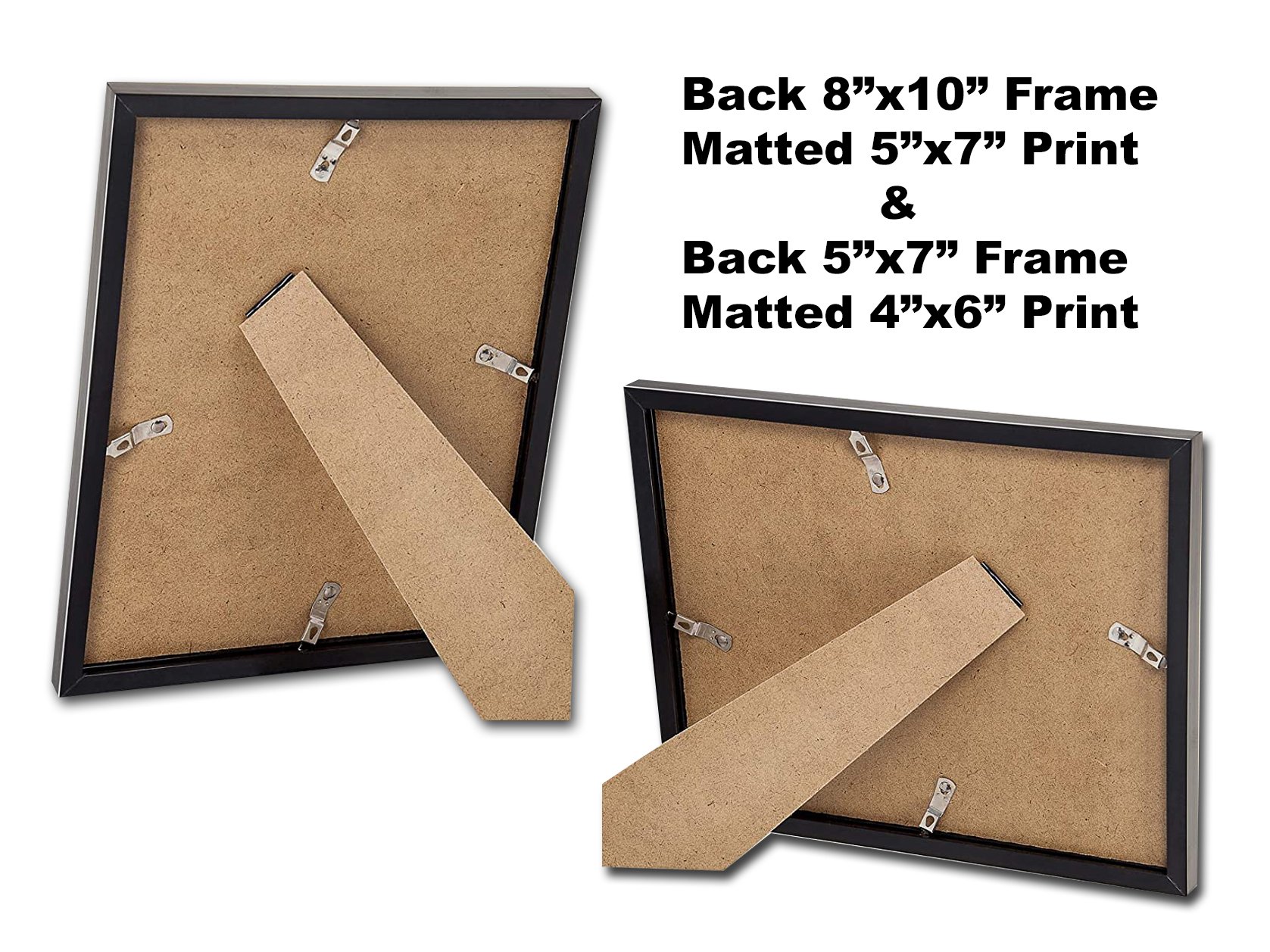Galveston Island Texas Heroes Monument Framed Print - Free Shipping
Upon the death of Galveston businessman Henry Rosenberg in 1893, the community was surprised and elated by the generous charitable gifts established in his will. In addition to an orphanage, a nursing home, a YMCA, a library (and several other projects), Mr. Rosenberg provided funds for artistic monuments in the city. These included public drinking fountains as well as a monument honoring those who fought during the Texas war for independence from Mexico some 57 years earlier. Rosenberg instructed that $50,000 be used “for the erection of an appropriate monument in the city of Galveston to the memory of the heroes of the Texas revolution of 1836.”
It was decided that the monument be placed at the intersection of Galveston’s two widest thoroughfares — Broadway Avenue and 25th Street (also known as Bath Avenue). In March 1898, 25th Street was renamed Rosenberg Avenue as a tribute to the city’s greatest benefactor, and plans for the great statue moved forward.
Nationally renowned sculptor Louis Amateis designed granite and bronze structure composed of a 72 foot vertical edifice upon a 34 square-foot base. The base includes four bronze panels with figures which tell the story of Texas’s struggle for sovereignty. A bronze female figure of Victory projects 22 feet toward the sky.
Amateis carved the granite sections of the sculpture on-site in Galveston, while the bronze pieces were cast in Rome and shipped to the island for assembly. The columns and base were crafted in Washington, D.C. from the same New Hampshire granite quarry used for construction of the Library of Congress.
The Unveiling Ceremony
April 21, 1900 was selected as the date for the unveiling celebration. This date marks the anniversary of the Texian victory at the Battle of San Jacinto which ended the war. The Sidney Sherman Chapter of the Daughters of the Texas Revolution issued invitations statewide for those interested in attending the celebration. Federal, state, county, and city courts all closed for the day, as did many local businesses. More than 2,000 school children led a procession toward the monument carrying flags and flowers. The crowd was estimated to be 10,000.
Colonel Marcus F. Mott, a close friend of Mr. Rosenberg and executor of his estate, welcomed attendees as a seventeen-gun salute was fired to honor Texas Governor Joseph D. Sayers. The massive monument was unveiled, followed by singing, a dedicatory address, speeches, and a final benediction.
About the Artist
Louis Amateis was born in Turin, Italy in 1855. There he studied architecture at the Institute of Technology and trained at the Academy of Fine Arts. Amateis immigrated to the United States in 1883 and worked in New York as an architectural sculptor for the prestigious firm of McKim, Mead, and White. Eventually, he and his family settled in Washington D.C., where he spent the duration of his career.
A master in both marble and bronze sculpture, Amateis created numerous busts and monuments throughout the United States. The Texas Heroes Monument is considered by many to be his greatest achievement.
Amateis also sculpted the life-size statue of Henry Rosenberg located at the 23rd Street entrance of the Rosenberg Library and the marble bust of Major A.J. Walker in the southeast reading room of the building’s second floor.
Bio Credit: Rosenberg Library Museum
Learn More About Canvas Wall Art Here
SKU 031323-245_Framed
Upon the death of Galveston businessman Henry Rosenberg in 1893, the community was surprised and elated by the generous charitable gifts established in his will. In addition to an orphanage, a nursing home, a YMCA, a library (and several other projects), Mr. Rosenberg provided funds for artistic monuments in the city. These included public drinking fountains as well as a monument honoring those who fought during the Texas war for independence from Mexico some 57 years earlier. Rosenberg instructed that $50,000 be used “for the erection of an appropriate monument in the city of Galveston to the memory of the heroes of the Texas revolution of 1836.”
It was decided that the monument be placed at the intersection of Galveston’s two widest thoroughfares — Broadway Avenue and 25th Street (also known as Bath Avenue). In March 1898, 25th Street was renamed Rosenberg Avenue as a tribute to the city’s greatest benefactor, and plans for the great statue moved forward.
Nationally renowned sculptor Louis Amateis designed granite and bronze structure composed of a 72 foot vertical edifice upon a 34 square-foot base. The base includes four bronze panels with figures which tell the story of Texas’s struggle for sovereignty. A bronze female figure of Victory projects 22 feet toward the sky.
Amateis carved the granite sections of the sculpture on-site in Galveston, while the bronze pieces were cast in Rome and shipped to the island for assembly. The columns and base were crafted in Washington, D.C. from the same New Hampshire granite quarry used for construction of the Library of Congress.
The Unveiling Ceremony
April 21, 1900 was selected as the date for the unveiling celebration. This date marks the anniversary of the Texian victory at the Battle of San Jacinto which ended the war. The Sidney Sherman Chapter of the Daughters of the Texas Revolution issued invitations statewide for those interested in attending the celebration. Federal, state, county, and city courts all closed for the day, as did many local businesses. More than 2,000 school children led a procession toward the monument carrying flags and flowers. The crowd was estimated to be 10,000.
Colonel Marcus F. Mott, a close friend of Mr. Rosenberg and executor of his estate, welcomed attendees as a seventeen-gun salute was fired to honor Texas Governor Joseph D. Sayers. The massive monument was unveiled, followed by singing, a dedicatory address, speeches, and a final benediction.
About the Artist
Louis Amateis was born in Turin, Italy in 1855. There he studied architecture at the Institute of Technology and trained at the Academy of Fine Arts. Amateis immigrated to the United States in 1883 and worked in New York as an architectural sculptor for the prestigious firm of McKim, Mead, and White. Eventually, he and his family settled in Washington D.C., where he spent the duration of his career.
A master in both marble and bronze sculpture, Amateis created numerous busts and monuments throughout the United States. The Texas Heroes Monument is considered by many to be his greatest achievement.
Amateis also sculpted the life-size statue of Henry Rosenberg located at the 23rd Street entrance of the Rosenberg Library and the marble bust of Major A.J. Walker in the southeast reading room of the building’s second floor.
Bio Credit: Rosenberg Library Museum
Learn More About Canvas Wall Art Here
SKU 031323-245_Framed
Upon the death of Galveston businessman Henry Rosenberg in 1893, the community was surprised and elated by the generous charitable gifts established in his will. In addition to an orphanage, a nursing home, a YMCA, a library (and several other projects), Mr. Rosenberg provided funds for artistic monuments in the city. These included public drinking fountains as well as a monument honoring those who fought during the Texas war for independence from Mexico some 57 years earlier. Rosenberg instructed that $50,000 be used “for the erection of an appropriate monument in the city of Galveston to the memory of the heroes of the Texas revolution of 1836.”
It was decided that the monument be placed at the intersection of Galveston’s two widest thoroughfares — Broadway Avenue and 25th Street (also known as Bath Avenue). In March 1898, 25th Street was renamed Rosenberg Avenue as a tribute to the city’s greatest benefactor, and plans for the great statue moved forward.
Nationally renowned sculptor Louis Amateis designed granite and bronze structure composed of a 72 foot vertical edifice upon a 34 square-foot base. The base includes four bronze panels with figures which tell the story of Texas’s struggle for sovereignty. A bronze female figure of Victory projects 22 feet toward the sky.
Amateis carved the granite sections of the sculpture on-site in Galveston, while the bronze pieces were cast in Rome and shipped to the island for assembly. The columns and base were crafted in Washington, D.C. from the same New Hampshire granite quarry used for construction of the Library of Congress.
The Unveiling Ceremony
April 21, 1900 was selected as the date for the unveiling celebration. This date marks the anniversary of the Texian victory at the Battle of San Jacinto which ended the war. The Sidney Sherman Chapter of the Daughters of the Texas Revolution issued invitations statewide for those interested in attending the celebration. Federal, state, county, and city courts all closed for the day, as did many local businesses. More than 2,000 school children led a procession toward the monument carrying flags and flowers. The crowd was estimated to be 10,000.
Colonel Marcus F. Mott, a close friend of Mr. Rosenberg and executor of his estate, welcomed attendees as a seventeen-gun salute was fired to honor Texas Governor Joseph D. Sayers. The massive monument was unveiled, followed by singing, a dedicatory address, speeches, and a final benediction.
About the Artist
Louis Amateis was born in Turin, Italy in 1855. There he studied architecture at the Institute of Technology and trained at the Academy of Fine Arts. Amateis immigrated to the United States in 1883 and worked in New York as an architectural sculptor for the prestigious firm of McKim, Mead, and White. Eventually, he and his family settled in Washington D.C., where he spent the duration of his career.
A master in both marble and bronze sculpture, Amateis created numerous busts and monuments throughout the United States. The Texas Heroes Monument is considered by many to be his greatest achievement.
Amateis also sculpted the life-size statue of Henry Rosenberg located at the 23rd Street entrance of the Rosenberg Library and the marble bust of Major A.J. Walker in the southeast reading room of the building’s second floor.
Bio Credit: Rosenberg Library Museum
Learn More About Canvas Wall Art Here
SKU 031323-245_Framed




